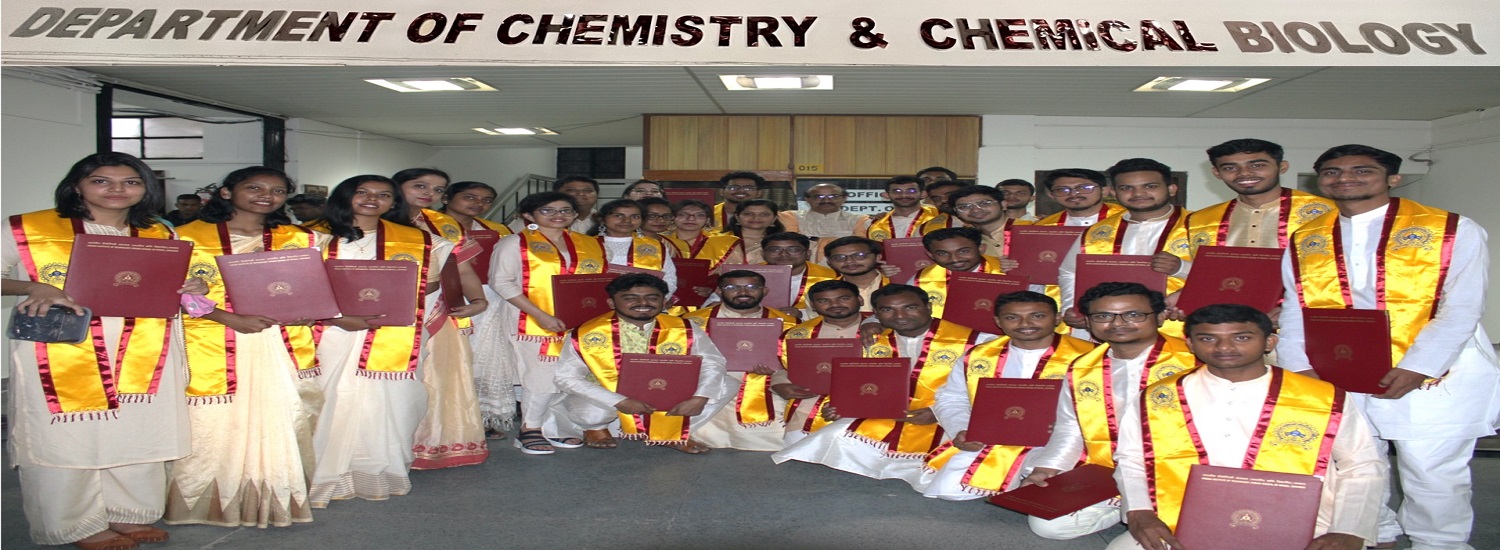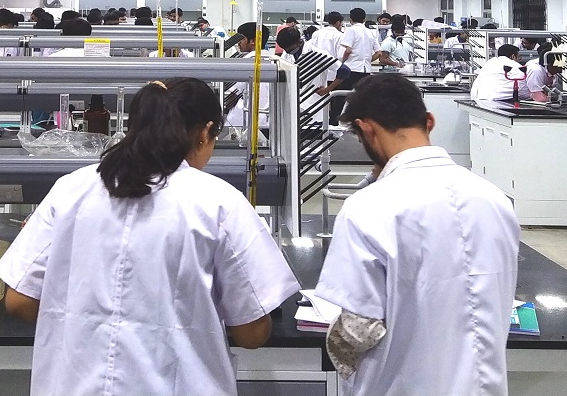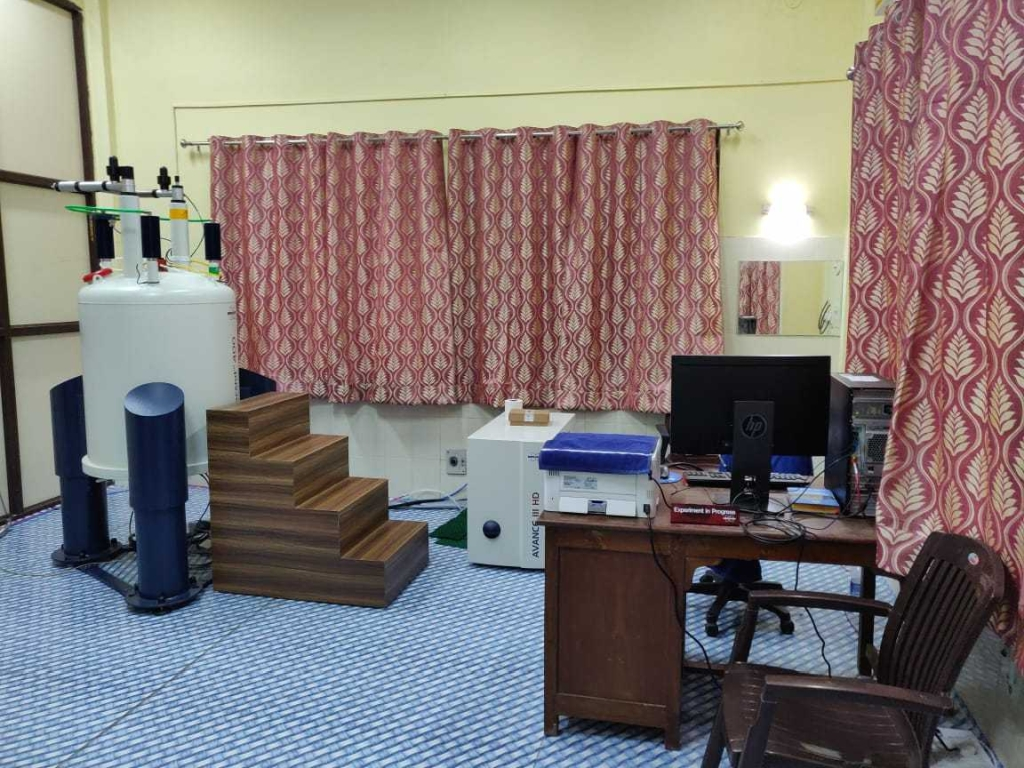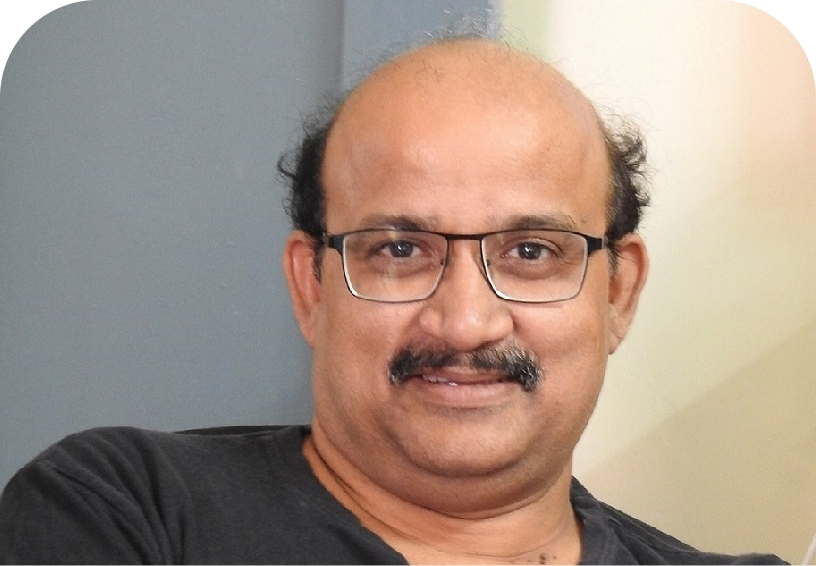




The Department of Chemistry was established as a separate department in 1989. Chemistry had previously been a part of the Department of Chemistry, Fuel, and Metallurgy, which had existed since 1926. The Department offers three academic programs: a two-year M.Sc. in Chemistry (JAM Entrance Exam), a two-year M.Tech in Pharmaceutical Science and Engineering (GATE Exam) and a BS-MS in Chemical Science (JEE Advance). The BS-MS in Chemical Science will start from the Monsoon Session 2025-26. It also offers PhD program for which students are selected through the NET/GATE or Institute Entrance Test. Apart from these, the Department provides a variety of courses in several B. Tech and M. Tech programmes. Students obtaining M.Sc/Ph.D from the Department are almost 100% absorbed in industry or academic institutions. The Chemistry and Chemical Biology department has well-equipped Inorganic, Organic and Physical Chemistry laboratories for undergraduate and postgraduate teaching.
Welcome to the Department of Chemistry and Chemical Biology, Indian Institute of Technology (Indian School of Mines), Dhanbad. On behalf of the faculty, staff and students of the Department of Chemistry, I invite you to explore our research and educational mission through this website. Our research leadership includes the traditional areas of physical, inorganic, organic, and analytical chemistry, and it has rapidly evolved to encompass chemical biology, environmental chemistry, biophysical chemistry, soft and hard materials chemistry, and nanotechnology. We are committed to the advancement and inclusion of all students and aim to foster a diverse environment for academics and research. The modern research and UG-PG laboratories are equipped with state-of-the-art facilities and support from the institute's Central Research Facility (CRF). The departments attract motivated students in post-graduate (BS-MS in Chemical Science, M.Sc. Chemistry and M.Tech in Pharmaceutical Science and Engineering) and Ph. D. programs. Your suggestions and opinions are encouraged to promote the Department to greater heights. Please feel free to contact me or any one of my colleagues.
Prof. Parthasarathi Das

Head of the Department


Dr S. K. Padhi and Group demonstrated the electrocatalytic reduction of CO2 to CO with higher selectivity by employing Cu(II)-based molecular catalysts. In their Research Article (DOI: 10.1002/chem.202403321), S. K. Padhi and co-workers explain how they also observed the generation of H2 as a by-product due to 2 H(+)+2 e(−) in the competitive proton reduction reaction. The kinetic phenomena reveal that the hydrogen evolution reaction (HER) occurs prior to the CO2 reduction reaction (CO2RR) and it was confirmed by online gas and mass analysis.
7 Feb, 2025
Dr. Soumitra Maity and Group have developed the photoredox strategy for installing thiocyanates and isothiocyanates in a controlled chemoselective fashion by manipulating the ambident-SCN through catalyst modulation. The methodology allows redox-, and pot-economical ‘on-demand’ direct access to both hydrothiophene and pyrrolidine heterocycles from the same feedstock alkenes and bifunctional thiocyanomalonates in a photocascade sequence. Its excellent chemoselectivity profile was further expanded to access Se- and N-heterocycles by harnessing selenonitriles.
7 Feb, 2025
Prof. P. Das and his group have developed the Two-Chamber Process, enabling the ex-situ generation of D2 from D2O for efficient reductive deuteration. This method facilitates the selective deuteration of biologically significant compounds, including NSAIDs like ibuprofen, flurbiprofen, and naproxen, as well as enamides and N-vinylated drugs. It offers a safe, cost-effective approach using D2O as a deuterium source, eliminating the need for specialized equipment. The technique is practical for routine laboratory use and holds significant potential for drug discovery.
7 Feb, 2025
